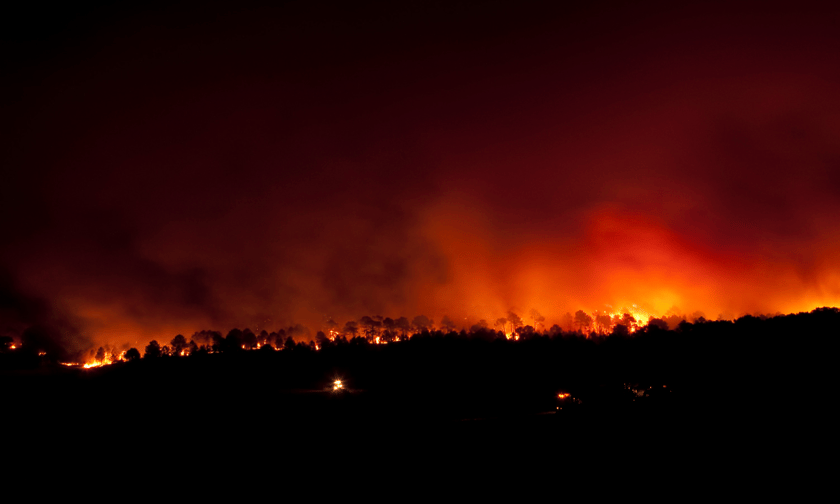

The Insurance Council of Australia (ICA) has drawn attention to lessons from the recent wildfires in Los Angeles, highlighting their relevance to managing climate-related risks in Australia.
In a LinkedIn statement, the ICA described the fires as a reminder of the growing challenges posed by extreme weather, which threaten lives, property, and communities globally.
It noted that disasters such as wildfires, floods, and cyclones are becoming more frequent and intense due to climate change. The impact is further amplified by population growth and increased asset values in high-risk areas, creating significant challenges for the insurance and reinsurance industries.
While the specific cost implications of the Los Angeles wildfires for Australian insurance markets remain uncertain, the ICA emphasised that these events occur amid a global reinsurance sector already dealing with inflation and rising claims from extreme weather.
The council underscored the importance of reducing risks at their source, stating that resilience-building efforts are critical for alleviating upward pressure on insurance premiums.
“There is no simple solution to this problem, but as an industry that prices [risk], the most sustainable way to reduce rising pressure on insurance [premiums] is to reduce the underlying risk,” it said.
The ICA urged Australian policymakers and the insurance sector to enhance investment in disaster resilience measures. These include:
Without proactive measures, the ICA warned, vulnerable communities will continue to face escalating risks.
The Los Angeles wildfires, which may result in claims exceeding US$50 billion, follow on the heels of substantial insured losses from the 2024 tropical cyclone season. These back-to-back events are expected to influence global and Australian insurance markets.
In an interview with Insurance Business, Scott Hawkins, managing director of Munich Re Australasia, predicted that these losses would drive up prices for both primary insurance and reinsurance.
“Where losses exceed premium both due to actual experience as well as new information, suggesting that future losses will remain at a higher level, then prices will increase in both primary and reinsurance,” he said.
Hawkins was interviewed by Insurance Business in December, before the current LA fires.
Hawkins pointed out that Australia’s high exposure to natural disasters, combined with climate-driven changes, creates a unique vulnerability that demands robust reinsurance protection. He added that the increasing frequency and severity of disasters in Australia underscores the need for sustained industry-wide efforts to address long-term risk.
The ICA recently launched an “Extreme Weather and Disaster Response Planning Guide” to improve the insurance sector’s preparedness for catastrophic events.
The guide builds on lessons from recent natural disasters, including the 2022 CAT221 events in New South Wales and Queensland, which resulted in over 240,000 claims and $6.16 billion in payouts by mid-2024.
A review commissioned by the ICA identified significant variations in how insurers managed large-scale disasters. While some companies demonstrated strong planning capabilities, others faced operational challenges during major events.
The guide recommends that insurers establish clear criteria for disaster definitions, implement structured governance processes, and develop transparent communication strategies for customers and stakeholders. It also encourages scalability, allowing companies to adapt their disaster plans based on size, risk exposure, and specific event types.
Stress testing, scenario planning, and continuous improvement through post-event reviews are highlighted as critical components of effective disaster planning. These recommendations align with the ICA charter, which advocates for collaboration and community engagement across all stages of disaster management.
